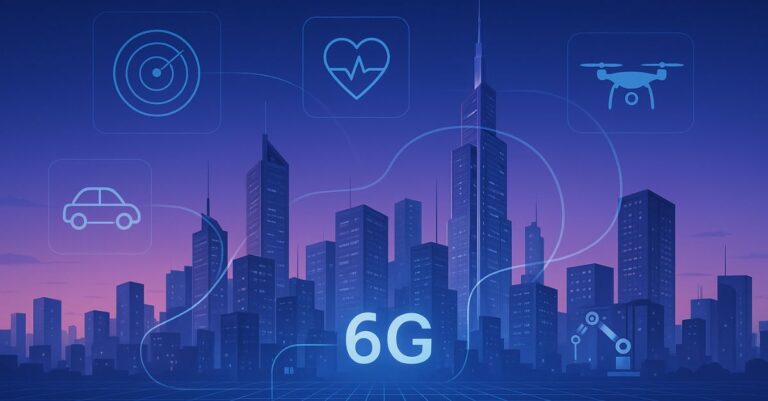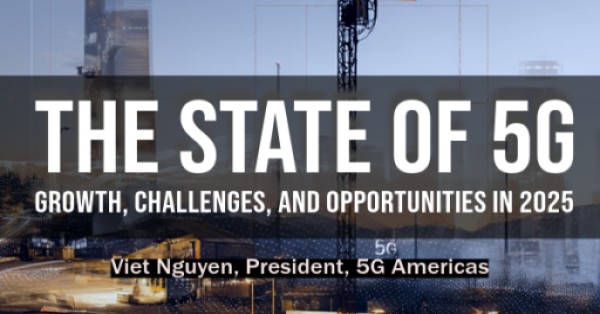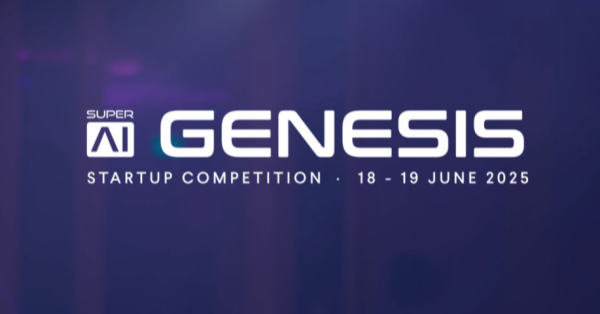As utilities accelerate their digital transformation journeys, sustainability and Environmental, Social, and Governance (ESG) goals are playing a larger role in network strategy. Private LTE and 5G networks are emerging not only as tools for operational efficiency but also as enablers of decarbonization, climate resilience, and responsible resource management. From optimizing renewable energy flows to reducing truck rolls through predictive maintenance, private networks are directly contributing to ESG mandates.
In this eighth installment of the Connected Utilities series, we examine how private networks support utility sustainability initiatives, from enabling cleaner energy and grid flexibility to improving field safety and minimizing environmental impact.
Private Networks for Clean Energy and Grid Flexibility
As the energy mix becomes increasingly distributed and dynamic—with solar, wind, battery storage, and EV infrastructure joining the grid—utilities need real-time visibility and control. Private networks provide the low-latency, high-reliability connectivity needed to orchestrate distributed energy resources (DERs) at scale. This supports:
- Real-time load balancing across renewable and conventional sources
- Grid-edge analytics to forecast and optimize renewable output
- Remote diagnostics and control of storage systems and inverter technologies
By improving DER integration and reducing the need for fossil fuel peaker plants, private networks help lower overall grid emissions. These networks also allow for the segmentation of critical assets into dedicated slices, ensuring that solar farms, EV chargers, and distributed batteries receive prioritized, uninterrupted connectivity to avoid curtailment and improve ROI on renewable investments.
Private networks also support vehicle-to-grid (V2G) interactions, allowing electric vehicles to feed energy back into the grid during peak demand, thereby increasing grid stability and reducing reliance on carbon-intensive power sources. By connecting EV infrastructure, utilities can also implement dynamic pricing models and incentivize off-peak charging.
Boosting Climate Resilience with Private LTE and 5G
Extreme weather events such as wildfires, hurricanes, and floods are testing the resilience of utility infrastructure. Private networks play a crucial role in disaster preparedness and response. They ensure that SCADA systems, sensors, and field crews remain connected even when public networks are congested or damaged. Private networks also support faster restoration by enabling technologies like:
- Drone-based inspections to survey storm damage
- AI-driven outage detection and grid reconfiguration
- Mobile command centers with local connectivity in disaster zones
This resilience is not just about uptime—it directly supports public safety and compliance with regulatory mandates related to climate adaptation. For example, utilities operating in wildfire-prone regions can use private networks to proactively de-energize lines based on wind and vegetation data, helping to prevent catastrophe. The ability to set up rapidly deployable communication networks in remote or impacted areas also supports emergency responders and coordination with civil authorities.
Furthermore, utilities can use private networks to power real-time alerting systems that notify communities of outages, planned service interruptions, or restoration progress, thus improving public trust and disaster communication.
How Private Networks Lower Utility Environmental Impact
Utilities are leveraging private networks to reduce their operational impact. A few examples include:
- Remote asset monitoring, which reduces the need for physical site visits and cuts vehicle emissions
- Smart grid technologies that reduce energy waste by improving voltage control and load shaping
- Leak detection systems that identify water or gas losses in real time, preventing waste and environmental harm
In addition, smart lighting, HVAC optimization, and facility automation can be managed over the same private network infrastructure, contributing to reduced energy consumption across utility-owned buildings and depots.
Utilities can also use network-connected environmental sensors to monitor air quality, soil health, and emissions from equipment such as diesel backup generators. This kind of hyperlocal environmental intelligence supports more precise sustainability strategies and validates green infrastructure investments.
By reducing resource consumption and optimizing the use of fuel, labor, and materials, private networks also contribute indirectly to Scope 1 and Scope 2 emissions reductions, metrics increasingly scrutinized in corporate sustainability reporting.
Enhancing Worker Safety and Social Impact through Private Networks
Private networks improve field worker safety by enabling real-time situational awareness, connected PPE, and access to emergency support. Applications include:
- Live video support during repairs
- Automated alerts for hazardous conditions
- Digital workflows that ensure regulatory compliance
This directly ties into the “S” in ESG—supporting workforce well-being, reducing on-site injuries, and enhancing training and inclusion through connected tools.
For instance, connected AR/VR training modules can provide immersive learning experiences for new or remote workers, ensuring skill development without travel. Wearables such as connected helmets or smart vests can detect falls, exposure to harmful substances, or prolonged inactivity, triggering alerts to safety officers.
Moreover, utilities can track work hours, ergonomics, and heat exposure in the field—especially important in high-risk or remote areas—to proactively manage fatigue and support labor equity goals.
Using Private Networks for ESG Reporting and Compliance
Private networks also support ESG reporting by enabling granular data collection. This includes:
- Real-time monitoring of carbon emissions, energy consumption, and water use
- Data logs that feed sustainability dashboards and regulatory disclosures
- Proof points for auditors and ESG raters
As ESG metrics become part of investor evaluations and utility rate cases, private networks become foundational to trustworthy and transparent sustainability data. High-quality, timestamped telemetry can also support participation in carbon markets or validate eligibility for green bonds.
Some utilities are using blockchain-based solutions in tandem with private networks to certify the origin and consumption of renewable energy, ensuring accountability in decarbonization goals. Integration with ESG analytics platforms enables real-time benchmarking and automated alerting if emissions or consumption thresholds are breached.
Why Private Networks are Critical for Utility ESG Success
Private LTE and 5G networks are no longer just technical infrastructure—they are strategic enablers of sustainability leadership. Whether through clean energy orchestration, resilience under climate stress, or safer field operations, private networks align closely with the ESG agenda.
By connecting assets, people, and processes with greater efficiency, utilities can not only reduce their environmental footprint but also demonstrate measurable progress toward ESG commitments.
Explore More from the Connected Utilities Series
Continue your learning journey with our full Connected Utilities blog series:
- Why Utilities Are Investing in Private Networks to Power the Digital Grid
- Strategic Use Cases for Private Networks in the Utility Sector
- Trends Accelerating Private Network Adoption in the Utility Sector
- Deployment Architectures and Spectrum Strategies for Utility Private Networks
- Edge Computing and AI for Predictive Utility Operations
- Governance and Lifecycle Management of Utility Private Networks
- Partner Ecosystems for Scaling Utility Private Networks
- Sustainability and ESG Drivers for Private Networks
- Monetization and Shared Use Models for Utility Private Networks
- Cybersecurity and Zero Trust for Utility Private Networks
- Future Roadmap – 5G Advanced and the AI-Driven Grid
Strengthen Your Utility Private Network Strategy
Assess your grid’s 5G readiness with our industry-specific tool, uncover gaps, and get clear, executive-ready insights to plan and deploy with confidence. Check Readiness & Premium Plans



























